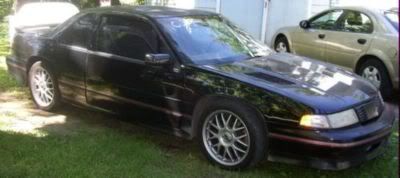Originally posted by AaronGTR
View Post
Made in Studio Max. The idea is no open turbulant area in the center and each pipe directs its exhaust pulse at a slight offset. This means the previous pulse will be less of a restriction and a vortex should be created.




Comment